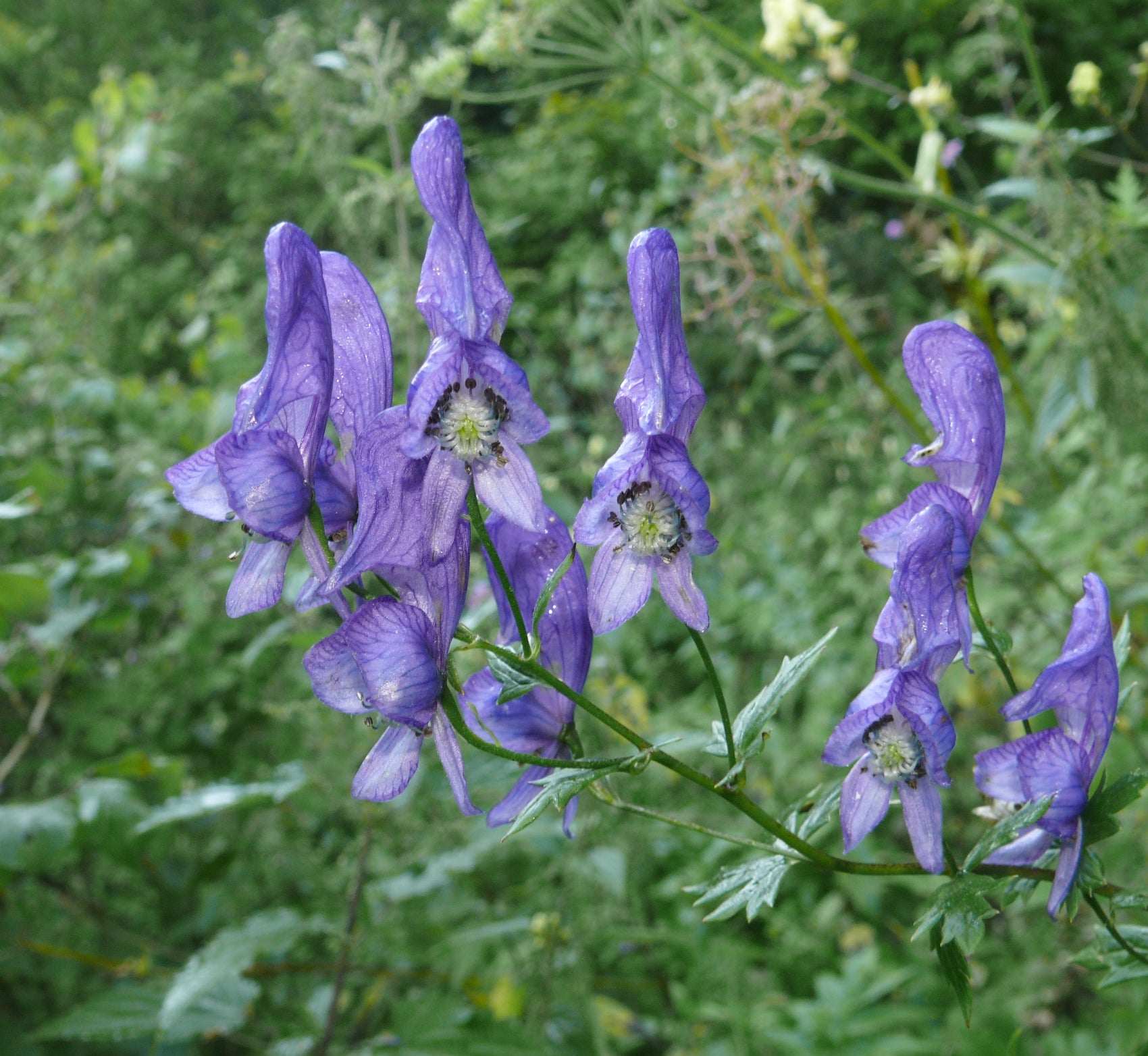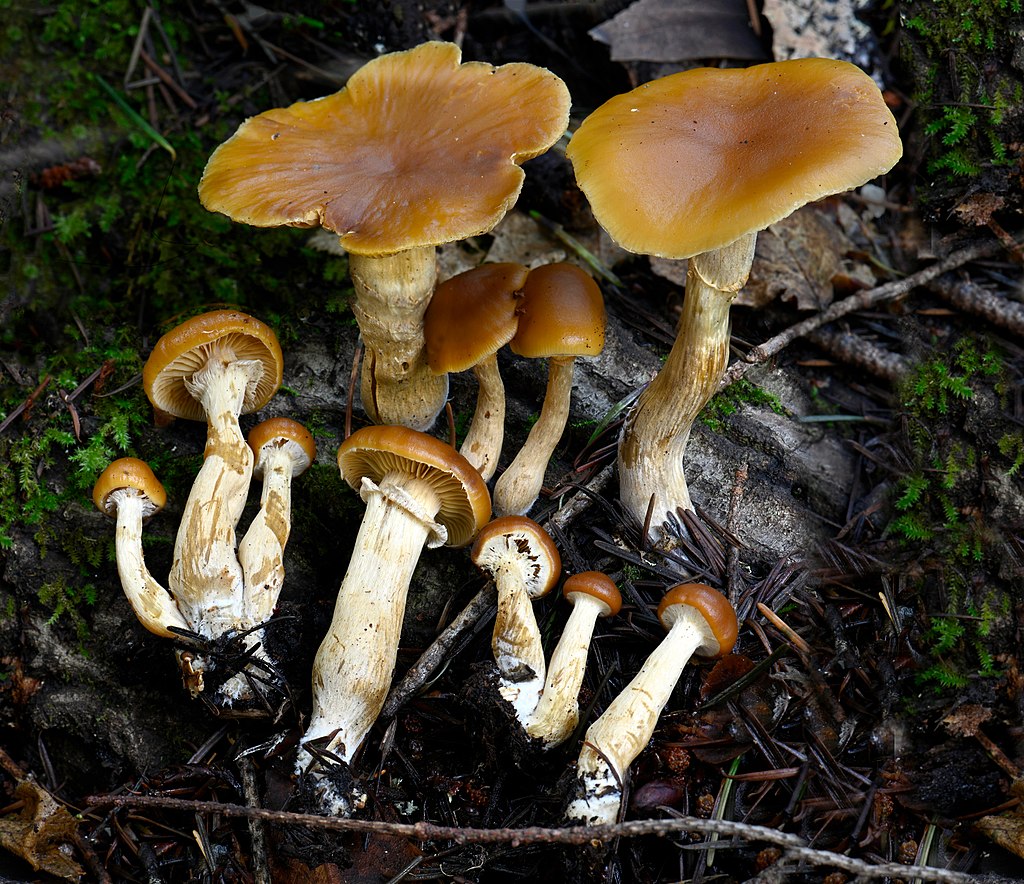
Wild Plant Of The Week 2 "Monkshood" - DO NOT EAT!!!!
Botanical name: Aconitum napellus
Common name: Aconite, Wolf's Bane, Dog's Bane, Mouse Bane, Devil' Hemet, Devil's Hood, Old Wive's Hood, Leopard's Bane, Soldier's Helmet, Queen of Poisons, Blue Rocket.
Physical appearance: Very distinctive, purple flower heads. It has dark green leaves which are deeply lobed, with five to seven angular segments. In fact, the flowers can be blue, purple, pink, white or yellow. One of these petals becomes enlarged to form the "hood".

Best places to find: Prefers well drained but moist soils in woodlands, ditches and gardens.
Edible parts: Very, very poisonous. Do not consume under any circumstances!!! Deadly if ingested. A large dose can kill within two to six hours. The only viable treatment for accidental ingestion is orally administered, activated charcoal, within an hour of ingestion.
Time of year: March to October. The flowers are usually visible from Summer to early Autumn.

Other uses: Historically, an extract of Monkshood was used as a poison, from the battlefield to the whaling industry. Lances, harpoons, edged weapons, and arrow heads would be dipped and saturated in a tincture of Monkshood. This would cause a fatal reaction when introduced into the bloodstream of the victim. The fact that it is capable of killing a whale is some evidence of its potency.
Point of interest: Due to its high toxicity, it is recommended that gloves be worn if you find it necessary to handle the plant, for any reason. Sources suggest that skin contact is sufficient for poisoning (most likely non fatal) to occur. Monkshood poison kills by attacking the respiratory system.
Photos courtesy of Wikipedia and Bernd Haynold via Wikipedia Creative Commons Attribution
Schnobby via Wikipedia Creative Commons Attribution


